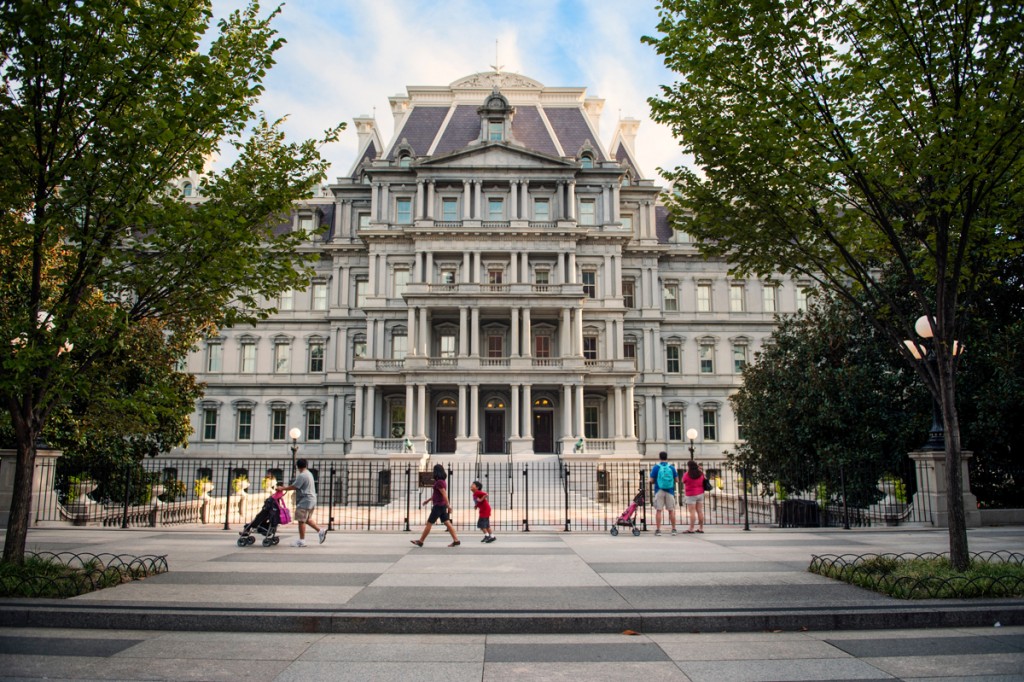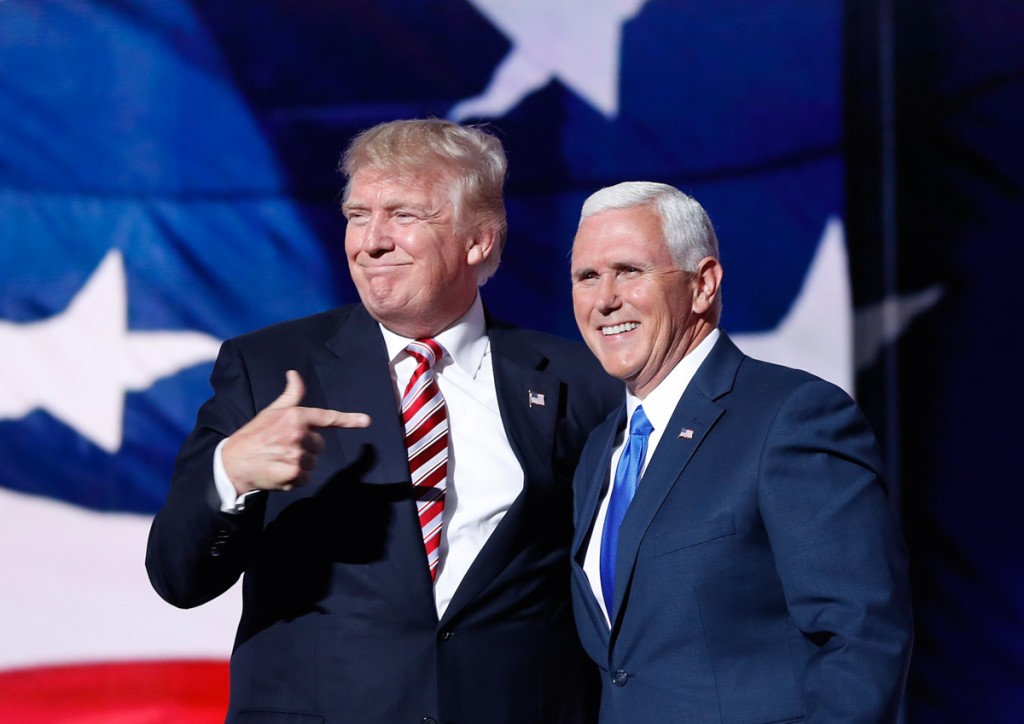Vice presidents play a big role in the U.S. government, the most important of which is immediately stepping in and assuming full powers should a president die in office.
That’s happened eight times in history. A ninth vice president filled the vacancy when a president resigned. Vice presidents have also run for president themselves, and five have won. All told, 14 vice presidents — almost 30 percent — have moved into the Oval Office.
Vice presidents do more than just stand ready. They are confidants and counselors to the president, persuaders of Congress and the U.S. public, and often emissaries on missions abroad. For example, Vice President Pence is traveling in the Asia-Pacific region in April to confer with key U.S. allies. Earlier, in February, Pence met with world leaders in Germany.
Under the Constitution, the vice president is the president of the Senate, although the duty is largely ceremonial. He votes only to break ties in the 100-member body.
No other powers are specified, but in reality “the office has grown into a central part of the presidency,” says Saint Louis University law professor Joel Goldstein. The vice president serves as an “across-the-board adviser and troubleshooter.”
Dick Cheney, under George W. Bush, helped forge the military response to the September 11 attacks. Al Gore, under Bill Clinton, drew attention to the environment.

Walter Mondale, under Jimmy Carter, was the first vice president with an office inside the White House. But he, and vice presidents since him, also retain a ceremonial office in the Eisenhower Executive Office Building. (© Ken Howard/Alamy)
Former President Obama lauded his vice president, Joe Biden, as someone who “can tell me things no one else can tell me.”
In the early years of the republic, the candidate receiving the most electoral votes became president, and the runner-up became vice president. Since 1804, the electoral college has voted separately for president and vice president (and today presidential candidates run on a ticket with a vice president of their choosing).
Standing by
John Tyler was the first to succeed a deceased president, William Henry Harrison, who caught a cold on Inauguration Day in 1841. Congress balked at recognizing that Tyler had the full powers of the presidency, and detractors dubbed Tyler “His Accidency.” Tyler stood firm and established a precedent never since questioned.
The 25th Amendment to the Constitution, ratified after the 1963 assassination of John Kennedy, established succession procedures and allowed a new vice president to be appointed with congressional approval. Before then, in the case of a president’s death, the vice presidential job lay vacant until the next presidential election.
Two of the most celebrated presidents first served as vice president: Thomas Jefferson and Theodore Roosevelt. Others who became president were John Adams, Martin Van Buren, Millard Fillmore, Andrew Johnson, Chester Arthur, Calvin Coolidge, Harry Truman, Lyndon Johnson, Richard Nixon, Gerald Ford and George H.W. Bush.
The vice president lives in a residence a few miles from the White House and flies on an Air Force jet.
Many vice presidents have a self-deprecating wit. Pence quips he and Trump are “a little bit different. I’m a small-town guy, he’s big-city. … He’s known for his bigger-than-life personality, his charm and his charisma — and I’m not.”

Then–presidential candidate Donald Trump stands with his running mate, Mike Pence, who became the 48th vice president. (© AP Images)







COMMENTS1
今年就任された副大統領は近年以上の活躍が求められますね。
特に北朝鮮が不穏な動きをしているだけにアメリカの調整力が必要だと私は思います。
LEAVE A COMMENT
TOP